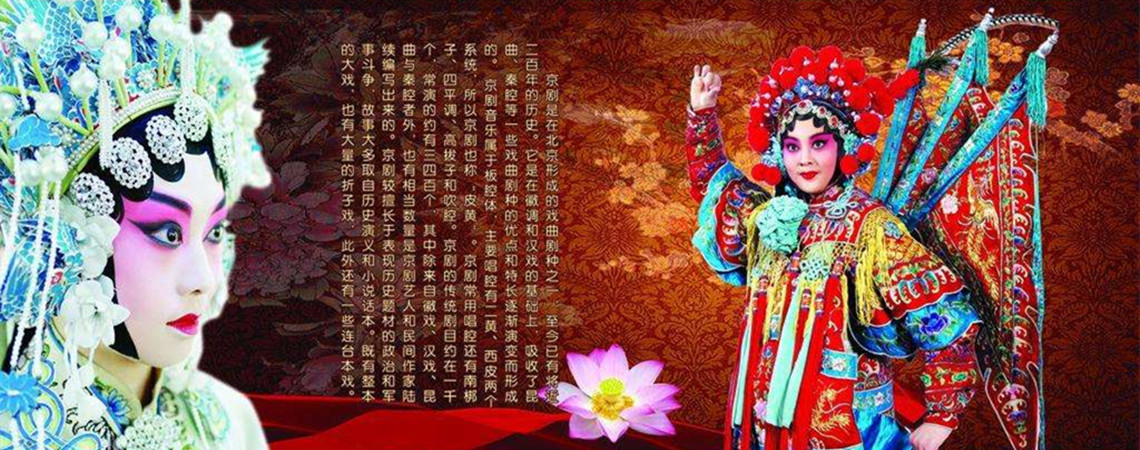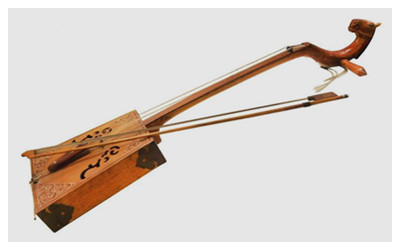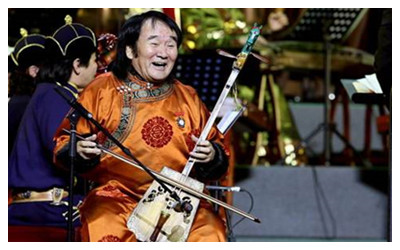Skype: neodalle-travel
Tel: +86 135 7447 2266
E-mail: sales@visitaroundchina.com

 The Horse-headed fiddle, also known as Matouqin, is a bowed stringed-instrument with a scroll carved like a horse's head. It is popular in Mongolian music. With a history of over 1,300 years, it even influenced European string music when Marco Polo brought one back from his travels through Asia. Its wide tonal range and deep, hazy tone color express the joy or pathos of a melody to its fullest.
The Horse-headed fiddle, also known as Matouqin, is a bowed stringed-instrument with a scroll carved like a horse's head. It is popular in Mongolian music. With a history of over 1,300 years, it even influenced European string music when Marco Polo brought one back from his travels through Asia. Its wide tonal range and deep, hazy tone color express the joy or pathos of a melody to its fullest.
The Mongolian people bestowed upon their beloved horse-headed fiddle a fantastic legend: during horse-racing at the Nadam Fair -- their featured grand festival--a hero, Su He, and his white horse ran the fastest, which incurred the envy and wrath of the duke. The cruel duke shot the horse dead, and Su He grieved so much that he met his horse in a dream. In the dream, the horse told Su He to make a fiddle from wood and the hair of a horse's tail, and to carve the head of the fiddle in the shape of a horse's head. The lad followed the horse's advice and when he finished, the fiddle produced an extremely vivid sound. From then on, people loved this instrument and composed many songs for it.
 After years of inheritance, Horse-Headed Fiddle has also undergone many reforms with the development of the times. In the beginning of the 21st century, the form of Horse-Headed Fiddle played slowly changed, from the rigid performance to the art of visual phenotype. After years of improvement, a set of perfect performance forms of Horse-Headed Fiddle has gradually formed. Afterwards, many Horse-Headed Fiddle players gradually imitated and turned into standing performances, making Horse-Headed Fiddle more widespread.
After years of inheritance, Horse-Headed Fiddle has also undergone many reforms with the development of the times. In the beginning of the 21st century, the form of Horse-Headed Fiddle played slowly changed, from the rigid performance to the art of visual phenotype. After years of improvement, a set of perfect performance forms of Horse-Headed Fiddle has gradually formed. Afterwards, many Horse-Headed Fiddle players gradually imitated and turned into standing performances, making Horse-Headed Fiddle more widespread.
In April 2009, the Mongolian Horse-Headed Fiddle was approved by the State Council to be included in the first batch of China national intangible cultural heritage. Brin is the heir to Mongolian Horse-Headed Fiddle.
 Ask Questions ?
Ask Questions ?